The implication of fengshui and culture skills of money tree
Guide reading
Money Tree, also known as American Railway Taro, Golden Pine. The shoot has no main stem, the adventitious buds germinate from the tuber to form large compound leaves, the leaflets are fleshy with short petiolules, firm and dark green, and the underground part is a hypertrophic tuber. The pinnately compound leaves are drawn from the top of the tuber, the leaf axis is strong, and the leaflets are opposite or subopposite on the leaf axis. The petiole base is inflated and Lignified; each compound leaf has 6-10 pairs of leaflets, with a life span of more than 5 years, and is constantly renewed by new leaves.
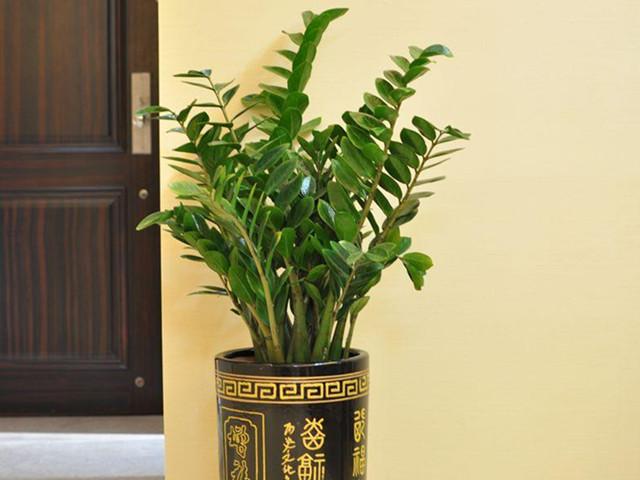
First, the meaning of feng shui in the money tree
The moral of the money tree is beautiful, which means to attract wealth, prosperity and wealth. The money tree is called the money tree because its leaflets are shaped like copper money, so it is considered to be a kind of plant that attracts wealth and makes a lot of money. The leaves of money are green and bright, which is very suitable for placing in the living room or office, giving people a sense of vitality, and it is also an ideal gift for friends, which can bring good luck to friends.
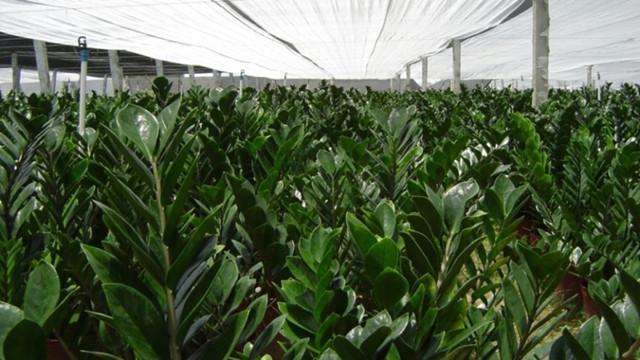
Second, the location of the money tree
Money tree is a very popular indoor large bonsai plant, its seedlings grow slowly, can be used as a small or medium pot cultivation and ornamental, can also be used as a large pot, the choice is more diversified. It is suitable for many occasions, can be placed in the broad office, new home, living room, study, balcony and other places, not only prosperous wealth, meaning auspicious, but also let the home environment appear elegant, simple, and with southern flavor. It looks like a string of copper leaves. From a distance, it looks like a big bird stretching its wings. It is very beautiful. Every day when you work or live, you can see this plant with vigorous vitality, which makes people more motivated and energetic to struggle.
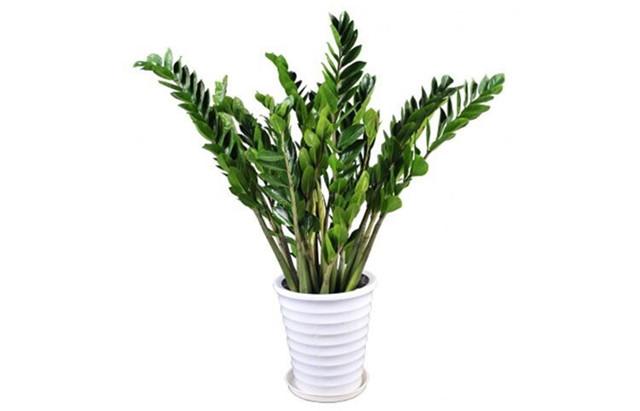
III. Key points for the maintenance of money trees
1. Suitable temperature
The suitable temperature for growth is 20-32 ℃, whether potted or planted on the ground, the average annual temperature change is small, and productive cultivation should be carried out in a greenhouse with controllable temperature. Every summer, when the temperature is more than 35 ℃, the growth of the plant is poor. Measures such as covering the black net to shade the light and spraying water to the surrounding environment should be taken to reduce the temperature so as to create a suitable environment with suitable space temperature and dryness.
It is best to maintain the greenhouse temperature above 10 ℃ in winter. If the room temperature is lower than 5 ℃, it is easy to cause cold damage and seriously endanger the survival of the plant. In late autumn and early winter, when the temperature drops below 8 ℃, it should be transferred to the room with sufficient light, and the temperature should be kept between 8 ℃ and 10 ℃ during the whole overwintering period, which is more safe and reliable.
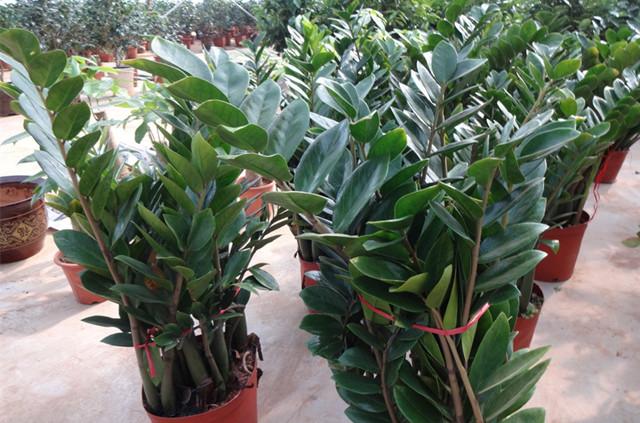
2. Sufficient light
The money tree likes light and has strong shade tolerance, so it should create a sunny but shaded environment to a certain extent. It avoids strong light, especially should avoid the hot sun exposure after long rain and early sunshine in late spring and early summer and the unsheltered strong light baking for 5-6 hours before and after noon in summer, otherwise it is very easy to cause burns of newly drawn young leaves.
In productive cultivation, it should be placed under a shade of 50% to 70% shade from the end of spring to the Mid-Autumn Festival, but it should not be too dark, otherwise it will lead to slender leaves, yellow leaves and sparse leaflet spacing, thus affecting the compactness and beauty of the plant. Supplementary light should be given to potted plants transferred to the greenhouse in winter. If the water in the basin soil is kept dry, the plant can be kept disease-free for a long time. In addition, the newly extracted pinnate compound leaves do not show obvious phototaxis, and the plant type is good.

3. Moderate moisture
In order to protect the potted money tree, efforts should be made to create a wet and dry environment for it. In productive cultivation, the plants placed in the greenhouse should be sprayed with water once a day when the room temperature is more than 33 ℃. Because the plant has strong drought tolerance, it is better to keep the basin soil slightly wet and dry, but the occasional excessive watering and fertilizer will not cause root rot. In winter, we should pay attention to spraying water to the leaf surface and the surrounding environment, so that the relative air humidity can reach more than 50%.
After the Mid-Autumn Festival, we should reduce watering, or spray water instead of watering, in order to help the newly drawn tender leaves pass the winter safely. In addition, in winter, we should pay special attention to the basin soil should not be too wet, it is better to be too dry, otherwise under the condition of low temperature, too wet basin soil is more likely to lead to plant root rot, or even death of the whole plant.
4. Soil permeability
Because of the special climatic conditions of the original place of origin, it has formed a strong drought resistance, so the basic requirement for the cultivation substrate is good permeability. The basic requirement of cultivation substrate is good permeability. The cultivation medium was mainly mixed with peat, coarse sand or washed cinder and a small amount of garden soil, and its PH value was adjusted to between 6 and 6.5, showing a slightly acidic state.
Because of its large tuber, developed root system and long pinnate compound leaves, its growth should be observed in time during the growing season to decide whether to change the basin or not. Always maintain the good permeability of the cultivation substrate, in order to create a good root environment with good air permeability and water filtration. Check frequently during the rainy season, and when it is found that there is stagnant water in the basin, turn the basin and change the soil in time.
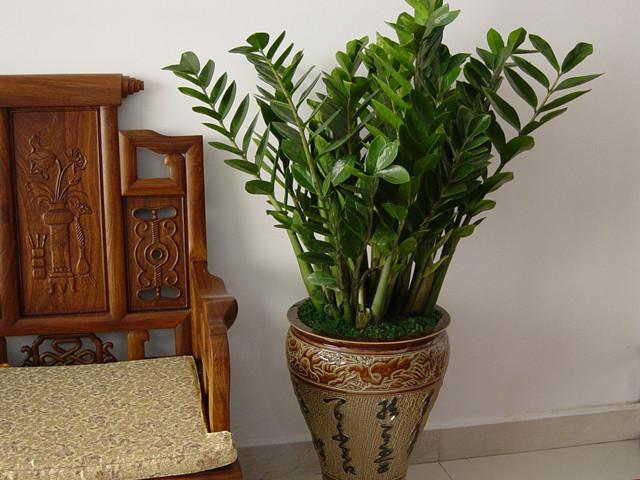
5. Fertilizer enrichment
The tree prefers fertilizer. In addition to adding appropriate retted cake fertilizer or multi-component slow-release compound fertilizer to the cultivation substrate, the mixed solution of 02.0% urea and 0.1% potassium dihydrogen phosphate can be applied 2 times a month during the growing season, or 20-10-20 (20-20-20) with a concentration of 200~250ppm combined with calcium nitrate.
After the Mid-Autumn Festival, in order to enable it to survive the winter safely, the application of nitrogen fertilizer should be stopped and 0.3% potassium dihydrogen phosphate solution should be applied continuously for 2 to 3 times to promote the hardening and enrichment of its young leaf axis and newly drawn leaves. When the temperature drops below 15 ℃, all forms of topdressing should be stopped so as not to damage the roots under the condition of low temperature.
IV. Disease management of money tree
1. Control of rotten roots.
In general, money loose roots are caused by the rotten roots caused by watering, need to timely pour out the plant from the basin, shake off part of the persistent soil, put it in a semi-shady cool place for 1-2 days, then change to a new sandy loam soil for planting, the basin should not be too large, watering should not be too frequent, when the basin soil is dry for 70%, there must be no rigid watering interval, and it should be watered flexibly.
Prevention and cure method: if the rotten root is more serious, it is best to shake all the soil, then soak it with 500 times potassium permanganate or carbendazim solution for 5-10 minutes, then rinse it with clean water, and then dry it until the root system is dry and replant.
2. Low temperature freezing injury
When the temperature drops below 5 ℃ in winter, coupled with the dampness of the basin soil, it is easy to cause the pinnate tender leaves of the plant to lodge due to cold injury, and when it is serious, it will cause tuber rot, so it is difficult to restore its vitality.
Control methods: whether it is productive cultivation, planned or family cultivation, the temperature of the greenhouse during the overwintering period should be maintained at least 10 ℃, and the basin soil should be kept slightly dry. A small amount of potted plants can be covered with double-layer plastic bags at night on particularly cold days, and then unbagged after the temperature rises the next day.
3. High temperature burns
In a hot summer, or sunny weather after a long rain, or potted plants that have just moved outdoors for restorative maintenance for a long time, are directly exposed to the sun, which can easily cause the fat and tender leaves to be burned. as a result, part of the leaves are green and white, or the whole leaves are burned, and the necrotic parts turn brown and black in the later stage.
Prevention and control methods: after the beginning of summer, the plants should be transferred to a semi-shady environment in time, and it will rain for a long time at the end of spring and the beginning of summer. Listen to the weather forecast in time and shade the potted plants as soon as possible.
4. Brown spot
The disease mostly occurs on the leaves, the disease spot is nearly round, grayish brown to yellowish brown, the edge color is slightly dark. The disease is easy to occur under the conditions of high temperature, high humidity and poor ventilation.
Prevention and control methods: when a small number of diseased leaves are found, they should be removed and destroyed in time. At the initial stage of the disease, 50% carbendazim wettable powder 600 times or 40% chlorothalonil suspension 500 times, spraying leaves every 10 days, continuous 3 to 4 times, the control effect is better.
5. Scale insects
In the environment of poor ventilation and poor light, the leaves of the money tree are vulnerable to the piercing and sucking of shell insects.
Prevention and control methods: a small amount of family planting and breeding, you can use transparent tape to remove the insect body, you can also use wet cloth to wipe off the live worm body. Productive cultivation, can be in its nymph incubation period, spray 20% of prolactin wettable powder 1000 times solution, insecticidal effect is good.
6. White silk disease
The affected part of the symptom recognition first showed water-stained yellow-brown to reddish brown wet rot; the central area of the disease spot was slightly sunken and the edge was obvious, and the surface of the diseased site was covered with white silk-like hyphae, which was radial and spread to the soil surface; sclerotia appeared on the mycelium, which was white at first, and then turned yellow, reddish brown to dark brown, and in serious cases, the whole plant was killed, resulting in wilting and death of aboveground stems and leaves.
Prevention and control methods: first, diseased plants are found to be removed in time; second, the occurrence of the disease is closely related to water, pay attention to rain-proof cultivation, timely drainage and strengthen ventilation after rain, strictly prevent excessive humidity in the cultivation site, and third, increase the pH value of the soil. appropriate coke ash, plant ash or hydrated lime can be added to the culture soil, adjusted to 6.5 to 7.0, and increase silicon, calcium and other trace elements. Fourth, the cultivation soil advocates high-temperature disinfection and baking sterilization; fifth, spraying or watering root Huiyou, painting green, chlorothalonil and other agents on the surface of the substrate in the early stage of the disease.
- Prev
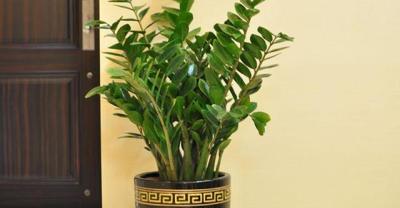
The cultivation method of Wandai orchid: how to plant and maintain the orchid? What is the implication of the flower language of Wandailan?
Wandailan is not only dignified and beautiful in appearance, but also tenacious in vitality, and can still reveal its fragrance under adverse conditions, so it was chosen as the national flower of Singapore. Down.
- Next
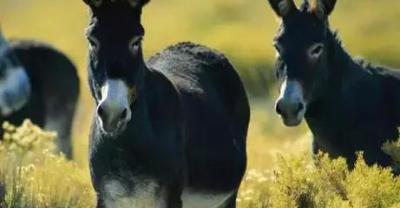
Culture methods and matters needing attention of succulent plants
Many flower lovers hope to see a valuable breeding method and precautions for succulent plants, and hope to obtain useful knowledge for themselves in an article. More.
Related
- On the eggshell is a badge full of pride. British Poultry Egg Market and Consumer observation
- British study: 72% of Britons are willing to buy native eggs raised by insects
- Guidelines for friendly egg production revised the increase of space in chicken sheds can not be forced to change feathers and lay eggs.
- Risk of delay in customs clearance Australia suspends lobster exports to China
- Pig semen-the Vector of virus Transmission (4)
- Pig semen-the Vector of virus Transmission (3)
- Five common causes of difficult control of classical swine fever in clinic and their countermeasures
- Foot-and-mouth disease is the most effective way to prevent it!
- PED is the number one killer of piglets and has to be guarded against in autumn and winter.
- What is "yellow fat pig"? Have you ever heard the pig collector talk about "yellow fat pig"?

